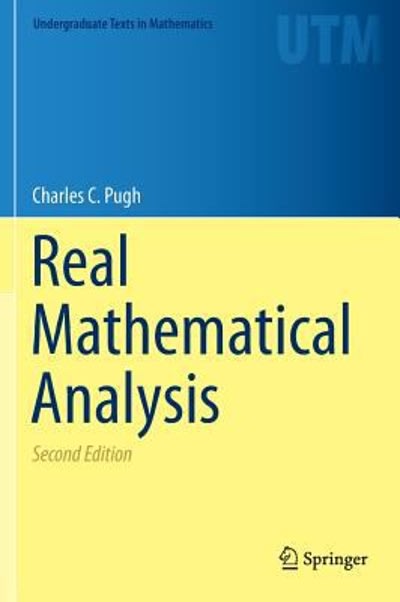








Answer these problems , please .. .Thank you !
Section 2.6: Problem 1 (1 point) Previous Problem Problem List Next Problem If 3x- + 3x + xy = 1 and y(1) = -5, find y'(1) by implicit differentiation. y'(1) =Section 2.6: Problem 2 (1 point) Previous Problem Problem List Next Problem For the equation given below, evaluate y' at the point (-2, -1). (6x - y)*+ 4y = 14637. y' at (-2, -1) =Problem 15 v Problem 16 At least one of the answers above is NOT correct. Problem 17 V The position of a particle moving on a horizontal line (where s is in feet to the right of a fixed reference point and t is in seconds after the start of the observation) is Problem 18 v Problem 19 V s(t) = t* - 12t + 24, t 2 0. Problem 20 Problem 21 / (A) Find the velocity, in feet per second, at time t: v(t) = 4t - 12 Problem 22 V Problem 23 v (B) Find the velocity (in ft/sec) of the particle at time t = 3. 96 Problem 24 V (C) Find all values of t for which the particle is at rest. (If there are no such values, enter none . If there are more than one value, list them separated by commas.) Problem 25 V t = Problem 26 3 Problem 27 Problem 28 (D) Use interval notation to indicate when the particle is moving in the positive direction. (If needed, enter inf for co. If the particle is never moving in the positive direction, enter none .) (38 , 20 (E) Find the total distance (in feet) traveled during the first 8 seconds. 31808 5Section 2.6: Problem 3 (1 point) Previous Problem Problem List Next Problem Find y' by implicit differentiation. Match the equations defining y implicitly with the letters labeling the expressions for y' 1. 4x cosy + 7 sin 2y = 3 sin y 2. 4x cosy + 7 cos 2y = 3 sin y 3. 4x sin y + 7 cos 2y = 3 cosy 4. 4x sin y + 7 sin 2y = 3 cos y 4 cosy A. y = 4x siny + 14 sin 2y + 3 cosy 4 sin y B. y = _Arcosy - 14 cos 2y - 3 sin y 4 cos y C. y = 4x siny - 14 cos 2y + 3 cosy 4 sin y D. y = 14 sin 2y - 4x cosy - 3 sin ySection 2.6: Problem 4 (1 point) Previous Problem Problem List Next Problem Find dy/ dax by implicit differentation: 1 + 6x = sin(xy*) dySection 2.6: Problem 5 (1 point) Previous Problem Problem List Next Problem Use implicit differentiation to find the slope of the tangent line to the curve defined by 3xy" + 7xy = 20 at the point (2, 1). The slope of the tangent line to the curve at the given point isSection 2.6: Problem 6 (1 point) Previous Problem Problem List Next Problem Find the slope of the tangent line to the curve 6 sin(x) + 2 cos(y) - 5 sin(x ) cos(y) + x = 3x at the point (3x, 7x/2).Section 2.6: Problem 7 (1 point) Previous Problem Problem List Next Problem Find an equation of the tangent line to the curve 2(x2 + 32)2 = 25(12 -32) (a lemniscate) at the point (-3, -1). An equation of the tangent line to the lemniscate at the given point is Entering Equations . Equations must have an equals sign and use the correct variable names: y = 5x+2 will be incorrect if the answer is w = 5y+2 . Examples of valid equations that are equivalent: 32 = 5*x + 2 is the same as 30 = 5x or x = 6 y = (x-1)^2 + 3 is the same as y - 3 = (x-1)^2 x 2 + xy + y^2 = 13x is the same as y*(y+x) = 13x - x^2 . If there is no equation that solves the question: Enter NONE or DNE (this may vary from problem to problem) . Examples of constants used in equations: pi, e = e^1 . Functions may be used in equations, but may not be applied across the equals sign: sqrt(x) = sqrt(5) is valid, but sqet (x=5) is notSection 2.5: Problem 8 (1 point) Previous Problem Problem List Next Problem Let f(x) = (7x2 -2)8(-3x2 + 8)". Then, f'(x) =
























